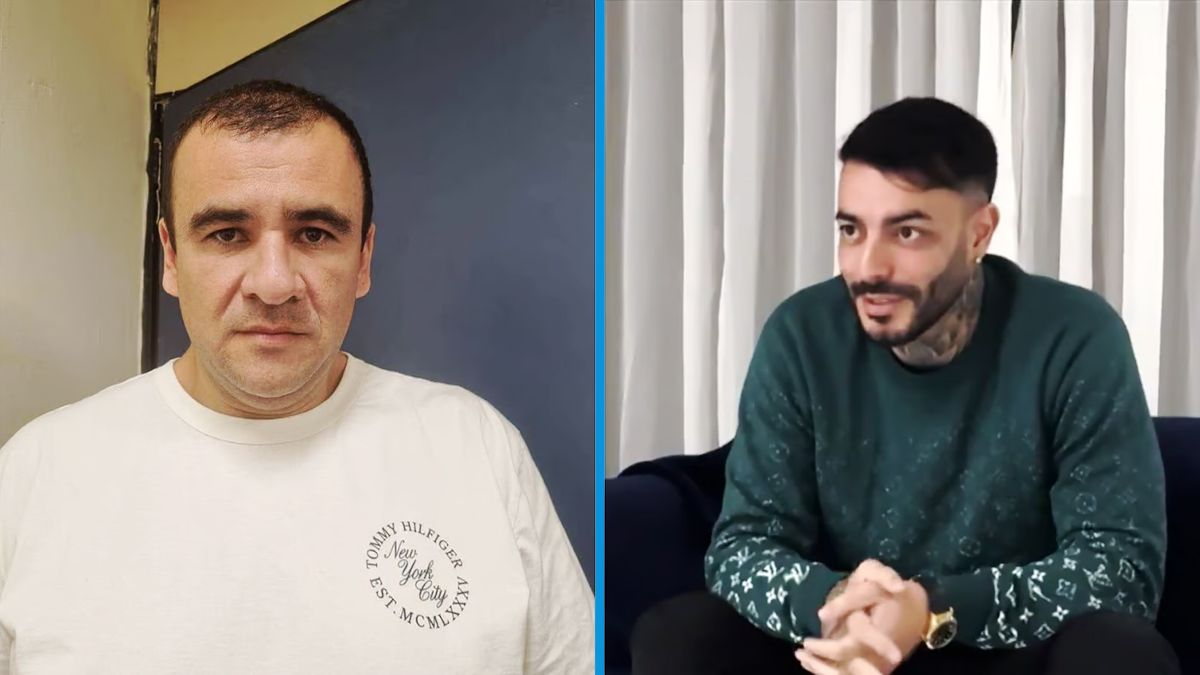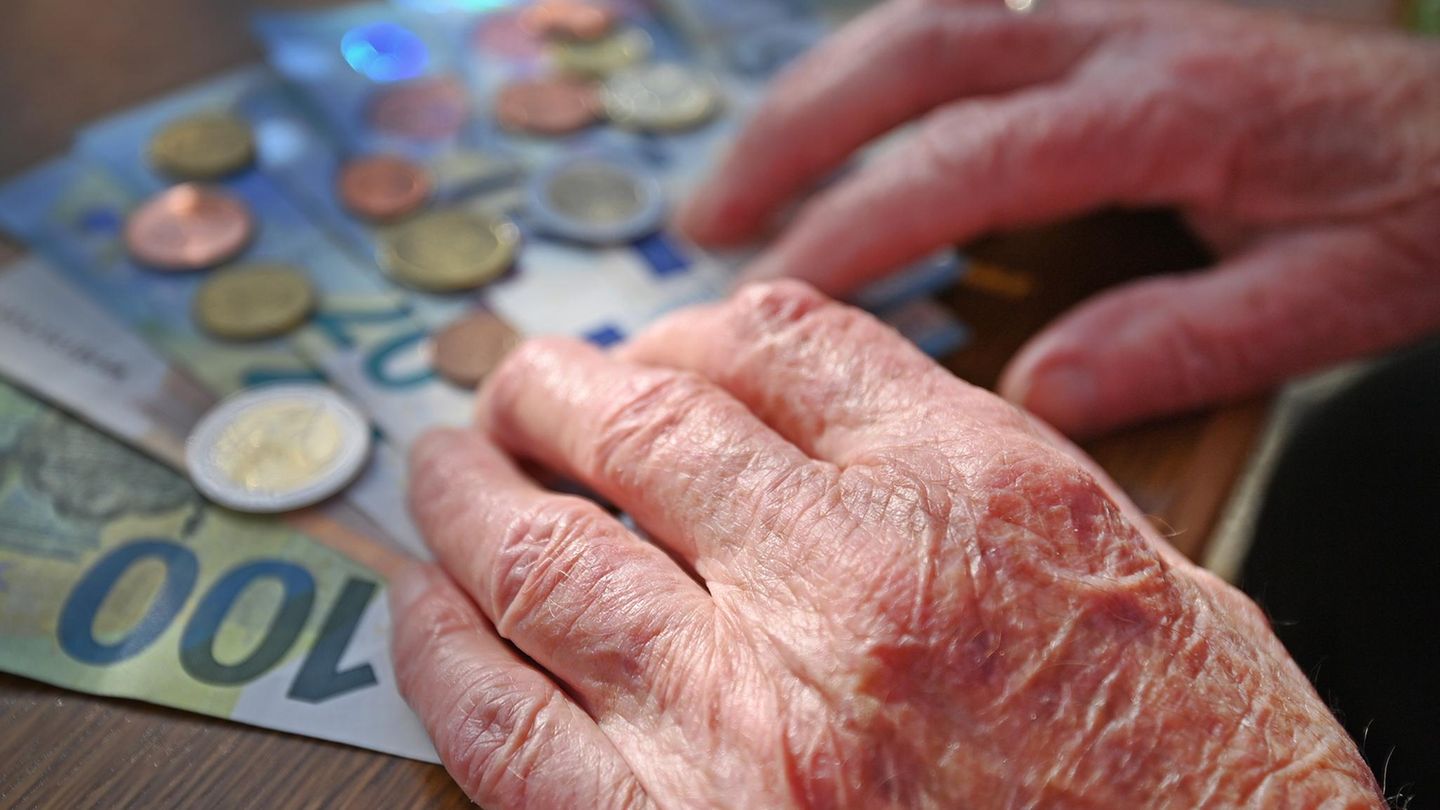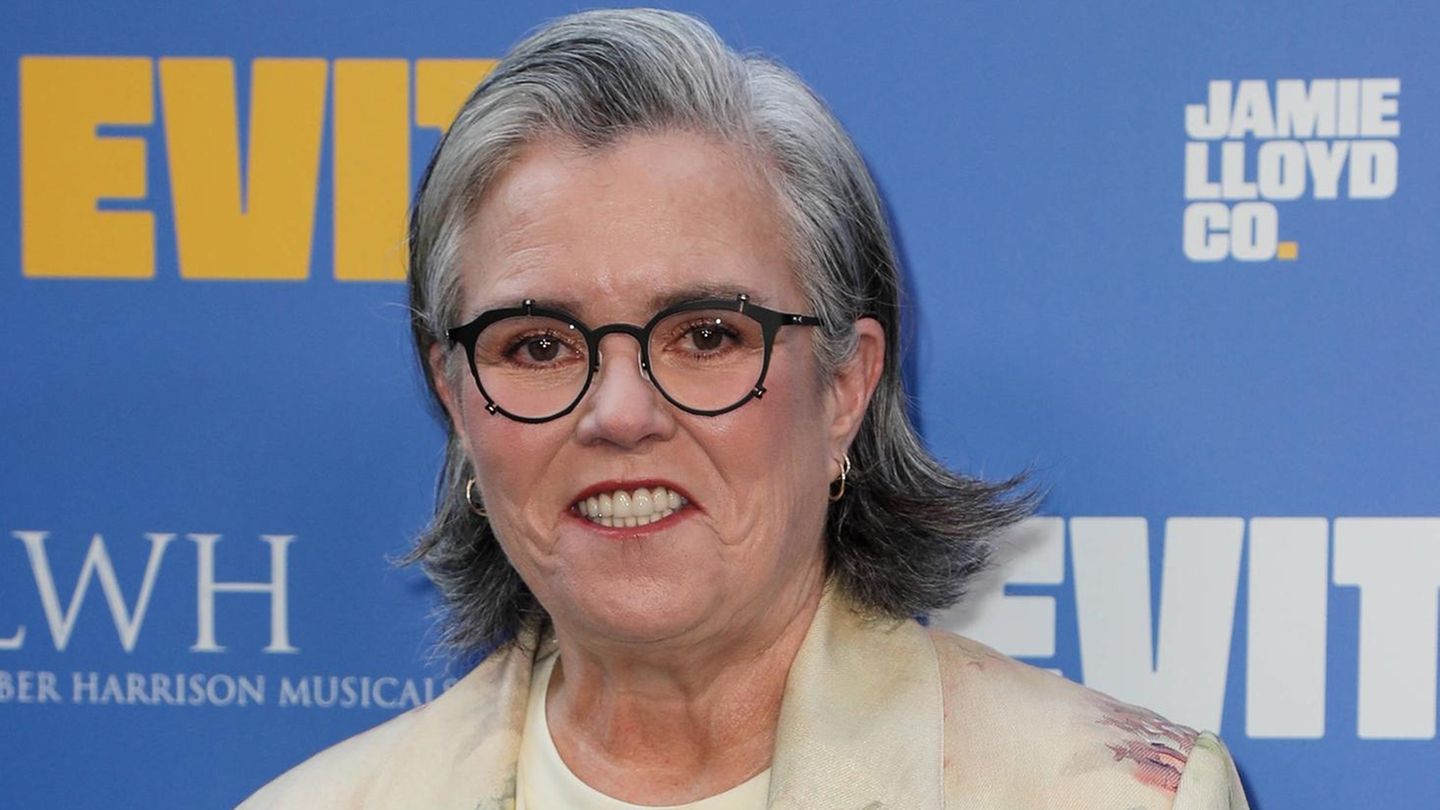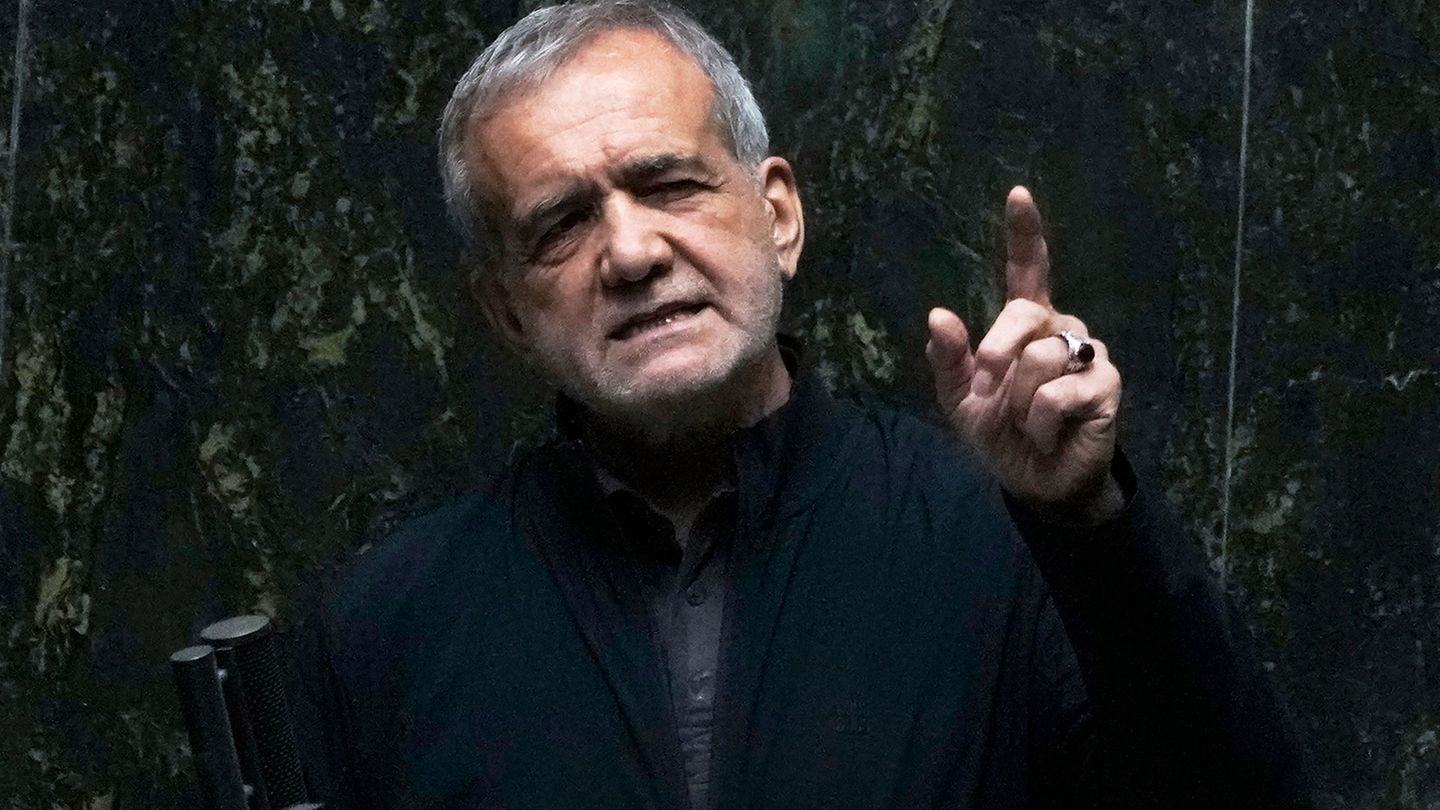The Uruguayan drug trafficker coordinated shipments with the Paraguayan via messages, as explained by the Paraguayan Prosecutor’s Office.
He Public Ministry of Paraguay proved that Miguel Ángel Insfranalias Tío Rico, was the leader of a criminal scheme in that country and did business with the fugitive drug trafficker, Sebastian Marset, where they coordinated cocaine shipments and had a close relationship.
The content you want to access is exclusive to subscribers.
Through an accusation of more than 700 pages, it was proven that Insfrán – who is currently detained in preventive detention – was the leader of a criminal network of drug trafficking and money laundering in the Paraguay. However, it was also concluded that they maintained a fluid business relationship with Sebastian Marset.


“In this sense, on the one hand, there is the criminal group led mainly by Sebastian Marset and, on the other, the core of Miguel Ángel Insfrán Galeano made up of members of his family and people he trusts, and finally there is the foreign criminal faction, specifically from Bolivia, which was responsible for supplying the illicit groups united in Paraguay with the narcotic substance consisting of cocaine hydrochloride,” states the accusation published by the Paraguayan media.
On the other hand, he adds that to carry out the business they not only counted on individuals but also on companies dedicated to money laundering. “For shipments of cocaine loads, Sebastián Marset and Miguel Insfrán had the participation of several natural persons, also from different companies with appropriate profiles that did not raise suspicion of risk on the part of the administration of Customs, dedicated precisely to international trade, whose managers are also members of the criminal organization,” the lawsuit highlights.
The operation is named after “At Ultranza Py” and managed to dismember a network that contained a wide variety of vehicles – from high-end to trucks – that had a double bottom to transport drugs. In addition, they had strategically selected warehouses due to their proximity to the ports.
One of “Uncle Rico’s” strategies was the use of companies controlled by front men or family members that were used for money laundering. One of them was the World Christian Revival Center, which was led by his brother, the evangelical Pastor José Alberto Insfrán, like a facade.
Meanwhile, the cocaine route designed by Insfrán began in Bolivia, where the drug was transported in small planes to the region of the Alto Paraguay and to the Argentine province of Chaco. From there, the cocaine was transported in conditioned trucks to the President Hayes Department where it was later mixed with legal shipments that had the European continent as their final destination.
Source: Ambito




